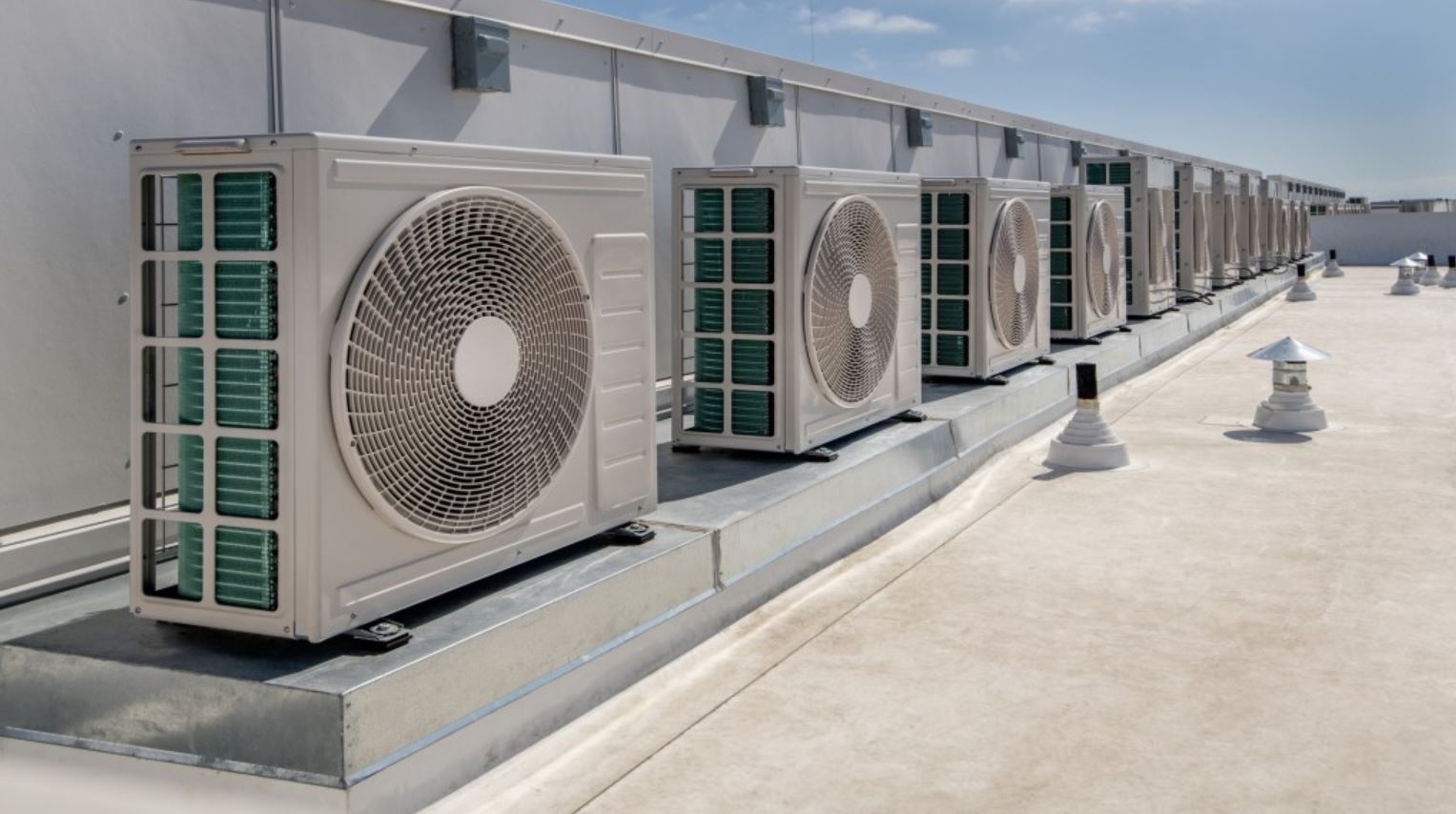 Imagine a world where staying cool doesn’t come at the cost of our planet’s health. That’s exactly what a team of innovative Slovenian scientists is working towards. They’ve developed a revolutionary cooling technology that could change the way we think about air conditioning. Traditionally, cooling systems rely on vapor-compression cycles, which involve turning liquids into gases and back again. While effective, these systems often use hydrofluorocarbons (HFCs), notorious for their harmful greenhouse effects.
Imagine a world where staying cool doesn’t come at the cost of our planet’s health. That’s exactly what a team of innovative Slovenian scientists is working towards. They’ve developed a revolutionary cooling technology that could change the way we think about air conditioning. Traditionally, cooling systems rely on vapor-compression cycles, which involve turning liquids into gases and back again. While effective, these systems often use hydrofluorocarbons (HFCs), notorious for their harmful greenhouse effects.
Jaka Tušek, an assistant professor at the University of Ljubljana, leads a team that’s breaking new ground by replacing these harmful refrigerants with recyclable metal tubes. Their work is an exciting extension of the EU-funded SUPERCOOL project, which spanned from 2019 to 2023. They’re now pushing this innovative technology towards market readiness as part of the E-CO-HEAT initiative, running through to early 2026.
The environmental impact of current refrigerants is quite alarming. Just 2.2 pounds of certain refrigerants leaking into the atmosphere is equivalent to driving a car for 18,600 miles. Although HFCs are being phased out, natural alternatives like ammonia come with their own set of challenges, such as toxicity and decreased efficiency in high temperatures.
Tušek’s team is delving into solid-state cooling technologies, which promise a safer and quieter operation. These systems use a nickel-titanium alloy called nitinol, which cools by undergoing phase changes when stressed, without ever turning into a gas. This process, known as elastocaloric cooling, is not only environmentally friendly but also has the potential to be more efficient.
Currently, their prototype operates at 15% efficiency, which leaves room for improvement compared to traditional systems that run at 20-30%. The project is a collaborative effort involving an Irish tech company and universities in Germany and Italy, under the SMACool partnership.
The International Energy Agency (IEA) notes that cooling represents 10% of global electricity demand. With around two billion air conditioning units worldwide, expected to triple by 2050, the need for sustainable solutions is urgent. This research fits perfectly with the EU’s Heating and Cooling Strategy, part of the European Green Deal, aiming to boost the efficiency of temperature control technologies.
Slovenian researchers are doing more than just rethinking the materials used in cooling systems; they’re paving the way for a cleaner, more efficient future. It’s an exciting time for those of us concerned about both comfort and the environment.








